Discovering the Quark
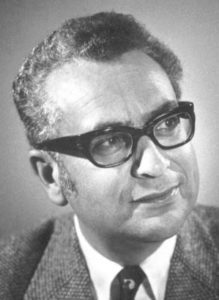
Murray Gell-Mann
Murray Gell-Mann (1929-2019) was born in Manhattan to Austrian-Jewish immigrants from what is now Ukraine. Passionate about math and science from childhood, he graduated high school at the top of his class years ahead, and began studying at Yale when he was 14 on a full scholarship. He had his PhD from MIT by 22. He did research at multiple universities before moving to Caltech in 1955, where he became the youngest professor in the school’s history, and taught there until retirement. In 1958, together with Richard Feynman, he made a huge discovery with regards to the weak nuclear force (one of the four fundamental forces of nature). He went on to make many more important discoveries in the field of quantum physics. He is most famous for proposing the quark model – revolutionizing the world of sub-atomic particles – and for coining the term “quark”. Gell-Mann won a Nobel Prize in 1969 for his work. He is also credited with defending and popularizing string theory. In the 1960s, Gell-Mann was a co-founder of the Jason Division which advised the US military and helped to develop anti-ballistic missiles. He was a science adviser for presidents Nixon and Clinton, and was an editor of the Encyclopaedia Britannica. Later in life, he delved into “complexity science”, tackling some of the most challenging problems in nature (especially biology). He even co-founded the Santa Fe Institute for researching this kind of complex science. Gell-Mann wrote a best-selling science book called The Quark and the Jaguar, and inspired the Gell-Mann Amnesia effect (see below). Sadly, Gell-Mann passed away last month.
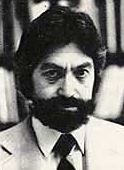
George Zweig
Gell-Mann was not alone in his proposal of the quark model. The same model was devised independently by George Zweig (b. 1937), who was born in Moscow to German-Jewish parents fleeing Nazi Germany. The family moved to the US in 1938 and settled in Detroit. Zweig earned a bachelor’s in math in 1959, and a PhD from Caltech in 1964 (a graduate student of Richard Feynman). He then went to work at the world-famous CERN, where he developed the quark model. (He called quarks “aces”, but Gell-Mann’s name stuck.) Zweig continued to do important work in quantum physics for some time before switching to neurobiology. He helped uncover how the cochlea in the ear transduces sounds into nerve impulses, and how the brain maps sounds, and made other key discoveries with regards to the amazing complexity of the ear. He also invented a device called a signiscope. Zweig was a professor at Caltech for over three decades. Nominated for a Nobel Prize, he has yet to win one, though he has won multiple other prestigious science prizes.
A Jewish Take on the Classic Moral Problem of the Trolley
Words of the Week
The Gell-Mann Amnesia effect is as follows: You open the newspaper to an article on some subject you know well… You read the article and see the journalist has absolutely no understanding of either the facts or the issues… you read with exasperation or amusement the multiple errors in a story, and then turn the page to national or international affairs, and read as if the rest of the newspaper was somehow more accurate about Palestine than the baloney you just read.
– Michael Crichton

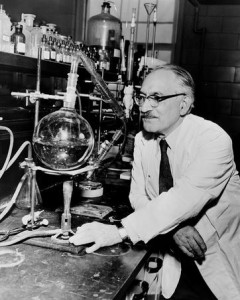
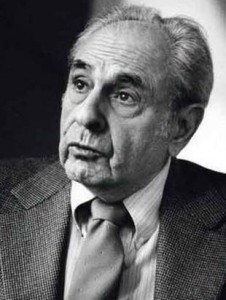
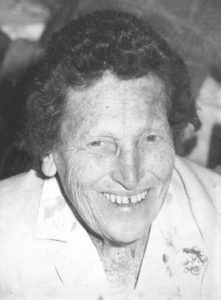 Born in South Africa to poor immigrants from Russia, Tikvah Alper (1909-1995) showed a talent for maths and sciences at an early age. At age 20, she traveled to Berlin to work on her doctorate with former Jew of the Week
Born in South Africa to poor immigrants from Russia, Tikvah Alper (1909-1995) showed a talent for maths and sciences at an early age. At age 20, she traveled to Berlin to work on her doctorate with former Jew of the Week